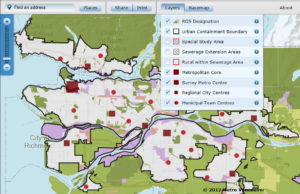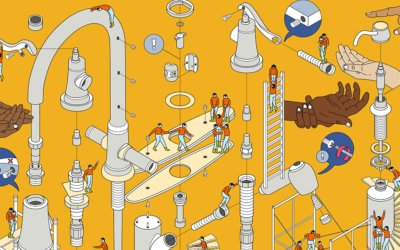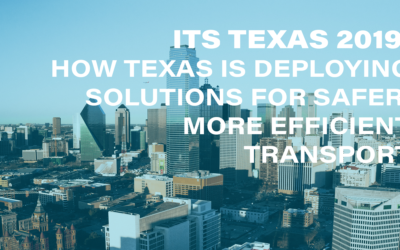4 Examples of Smart City Technology Use
Data analytics, machine learning, internet of things and big data. These are common buzzwords that can be found everywhere when discussing smart city technology use. What do they mean practically? Here are 4 specific examples of how technology is making cities and governments smarter:
1. Multi-Modal Transportation
A smart city is one that will reduce vehicle traffic and allow people and goods to move efficiently. The ability to do this better is a result of the cheap sensors and cameras to collect data about the movement of people. Intelligent traffic systems are an example of this and the achievement of autonomous vehicle transportation would be a prime example of success for a smart city, as this could reduce vehicle related deaths.
All these efforts would reduce pollution, time stuck in traffic and result in a healthier population. Technologies include induction loops with cellular capabilities, smart cameras and laser sensors.
2. Infrastructure
From energy to water, the ability to analyze big amounts of data will lead to better city planning and deployment of public work resources for maintenance. For example, testing for lead content in water in real time could prevent public health issues like the one that has ravaged Flint, Michigan.
3. Land use planning
Land use planning is a key function of all cities. Cities need to project how and what they wish to like in 5, 10 and 20 years. This is done through official community plans and policy decisions flow from that. These plans involve studies and impact analysis utilizing many different sources of data that are sourced from consultants. Land use planning is ripe to become much more “smarter” through the use of more real time and accurate data produced from smart city technologies. Imagine the game “SimCity” being real for a city?
Combining data sets from planning, engineering and transportation departments into a widely used geospatial platform would drastically improve land use planning as all decision makers would have equal access to the same data.

Land Use Designation Map
4. Services
From garbage collection to health and human services, cities spend significant funds on providing basic functions to citizens. Many vendors are making garbage collection smarter by installing sensors on garbage cans to better optimize collection. Better designed health care facilities and e-records are examples of effects on health and human service.



